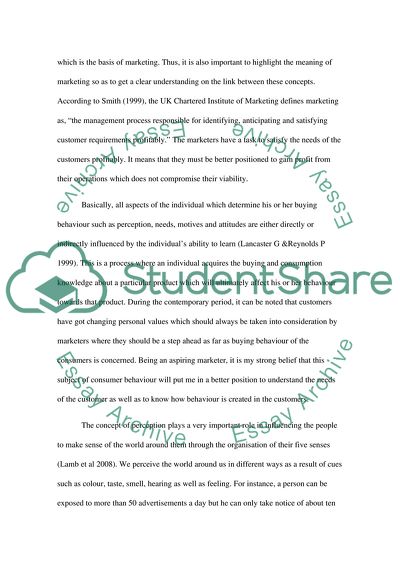Cite this document
(The Advent of New Information and Communication Technology Research Paper - 1, n.d.)
The Advent of New Information and Communication Technology Research Paper - 1. Retrieved from https://studentshare.org/marketing/1746577-consumer-behavior
The Advent of New Information and Communication Technology Research Paper - 1. Retrieved from https://studentshare.org/marketing/1746577-consumer-behavior
(The Advent of New Information and Communication Technology Research Paper - 1)
The Advent of New Information and Communication Technology Research Paper - 1. https://studentshare.org/marketing/1746577-consumer-behavior.
The Advent of New Information and Communication Technology Research Paper - 1. https://studentshare.org/marketing/1746577-consumer-behavior.
“The Advent of New Information and Communication Technology Research Paper - 1”, n.d. https://studentshare.org/marketing/1746577-consumer-behavior.


